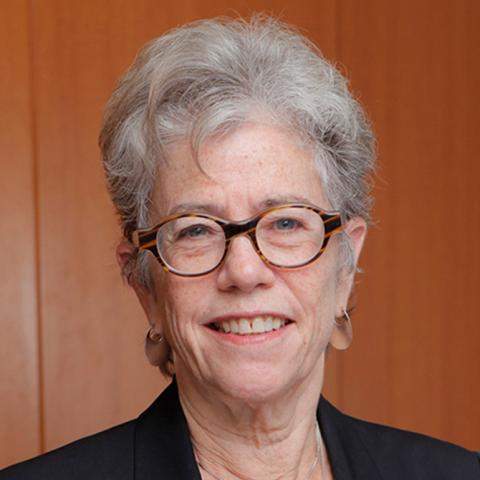Virtually all commentators on King v. Burwell agree that a Supreme Court ruling against the government would be disruptive. But most skip over the potential real-world impact of the loss of health insurance subsides for millions of people, preferring instead to speculate on how Congress, the Obama administration, or the states might stave off insurance market failures. This is the third in a series of four posts examining the serious consequences of a decision that would terminate subsidies for residents of the 34 states that have federally run health insurance marketplaces. Today we look at how health care providers would fare under the “Subsidy Shutdown” scenario.
In the event of a Subsidy Shutdown, most of the more than 7 million people estimated to be currently receiving subsidies through the federally run marketplaces would find their premiums unaffordable and would likely stop paying for insurance. With so many of their recently insured patients suddenly without coverage, health care providers would quickly face financial shortfalls and ethical quandaries. Doctors’ ethical and legal obligations may prevent them from terminating services during an ongoing course of treatment, even if patients have no way to pay the bills. In fact, HCA, the nation’s largest for-profit hospital chain, reports that it collects zero payment from nearly 90 percent of its uninsured patients. At the same time, state prompt-pay and continuity-of-care laws would not help providers or patients. These laws require insurers to pay doctors in a timely manner and prevent disruptive treatment changes when consumers change insurers, but they generally do not impose obligations on insurers when individuals fail to pay their premiums.

Hospitals would be especially hard hit. For the second time in three years, they would see the bargain they struck in the Affordable Care Act (ACA) undermined by the Supreme Court. As part of the legislative compromise to fund the law’s coverage expansion, the major hospital trade associations agreed to $269 billion in Medicare and Medicaid payment cuts over a decade, including lower reimbursement rates and reductions in payments for providing free care to uninsured patients. In exchange, hospitals, clinics, and physicians were to receive millions of patients newly covered under Medicaid or federally subsidized commercial insurance.
But in 2012, the Supreme Court ruled that states were not required to expand Medicaid eligibility under the ACA and, to date, 22 states have declined to do so. Should the Court rule that health plan enrollees in the 34 states with federally run marketplaces are not entitled to subsidized coverage, hospitals, physicians, drug manufacturers, and other healthcare providers face the prospect of losing more than $9 billion in revenue each year.
Rural hospitals might face the most severe consequences. Facing lower Medicaid and Medicare reimbursement, and with fewer newly insured patients than expected, many rural hospitals are already closing—a total of 43 since 2010, and five in Georgia alone since 2013. Without subsidized marketplace coverage, these failures would become even more common, especially in the 22 states that have not yet expanded Medicaid. At a minimum, hospitals and clinics that survive would have to reduce the scope of public health and prevention services they provide in order to redirect their limited resources to treating acute health problems of newly uninsured patients.
Federally subsidized community health centers, which are required to provide primary care to patients regardless of their ability to pay, would suffer similar problems. The ACA brought these clinics an influx of newly insured patients, allowing them to redirect resources to care for the remaining uninsured and an expansion of social service offerings. A Subsidy Shutdown would force a cutback in these new services. There are more than 5,600 community health center locations in states with federally run marketplaces, serving a total of 12 million patients.
Nonprofit hospitals are likewise required to have charity care programs to help low-income patients pay hospital bills. But these programs would be overwhelmed by the 9.6 million people losing their health coverage in and outside of the exchanges as a result of the loss of subsidies and the subsequent premium increases across the individual market.
Clearly, health care providers are another group that will be closely watching the Supreme Court next week when King v. Burwell is argued.






